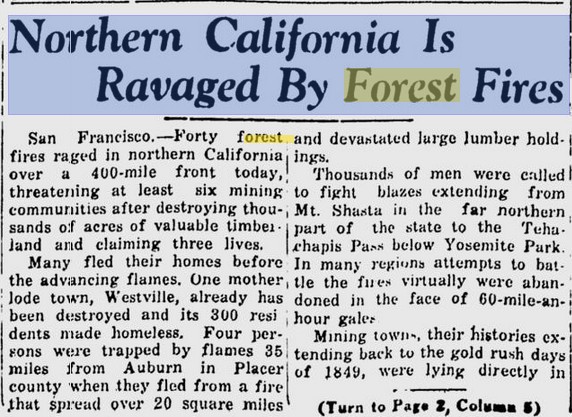Disrupting the Borg is expensive and time consuming!
Google Search
-
Recent Posts
- Fact Checking The New York Times
- New Visitech Features
- Ice-Free Arctic By 2014
- Debt-Free US Treasury Forecast
- Analyzing Big City Crime (Part 2)
- Analyzing Big City Crime
- UK Migration Caused By Global Warming
- Climate Attribution In Greece
- “Brown: ’50 days to save world'”
- The Catastrophic Influence of Bovine Methane Emissions on Extraterrestrial Climate Patterns
- Posting On X
- Seventeen Years Of Fun
- The Importance Of Good Tools
- Temperature Shifts At Blue Hill, MA
- CO2²
- Time Of Observation Bias
- Climate Scamming For Profit
- Climate Scamming For Profit
- Back To The Future
- “records going back to 1961”
- Analyzing Rainfall At Asheville
- Historical Weather Analysis With Visitech
- “American Summers Are Starting to Feel Like Winter”
- Joker And Midnight Toker
- Cheering Crowds
Recent Comments
- arn on Fact Checking The New York Times
- Bob G on Fact Checking The New York Times
- conrad ziefle on Fact Checking The New York Times
- Bob G on Fact Checking The New York Times
- czechlist on Fact Checking The New York Times
- conrad ziefle on Fact Checking The New York Times
- Bob G on Fact Checking The New York Times
- conrad ziefle on Fact Checking The New York Times
- Jack the Insider on Fact Checking The New York Times
- Bob G on Fact Checking The New York Times
California Ravaged By Forest Fires – During The Low CO2 Year Of 1936
This entry was posted in Uncategorized. Bookmark the permalink.



Fire is good. Stop suppressing them and they’ll be more manageable!
http://news.yahoo.com/squelching-sierra-fires-left-forest-ready-burn-205112814.html
“Federal forest ecologists say that historic policies of fire suppression to protect Sierra timber interests left a century’s worth of fuel in the fire’s path. …
The Rim Fire’s exponential growth slowed only after hitting areas that had burned in the past two decades, and Safford says that shows the utility of prescribed and natural burns that clear brush and allow wildfires to move rapidly without killing trees.
“If you look at the Sierra Nevada as a whole, by far the largest portion hasn’t seen a fire since the 1910s and 1920s, which is very unnatural,” said Safford, who has authored several papers on the increasing wildlife severity across California’s mountain ranges. “This one isn’t stopping for a while.”